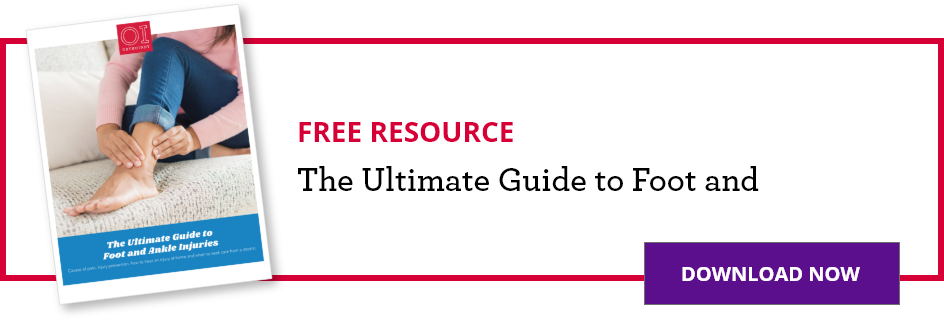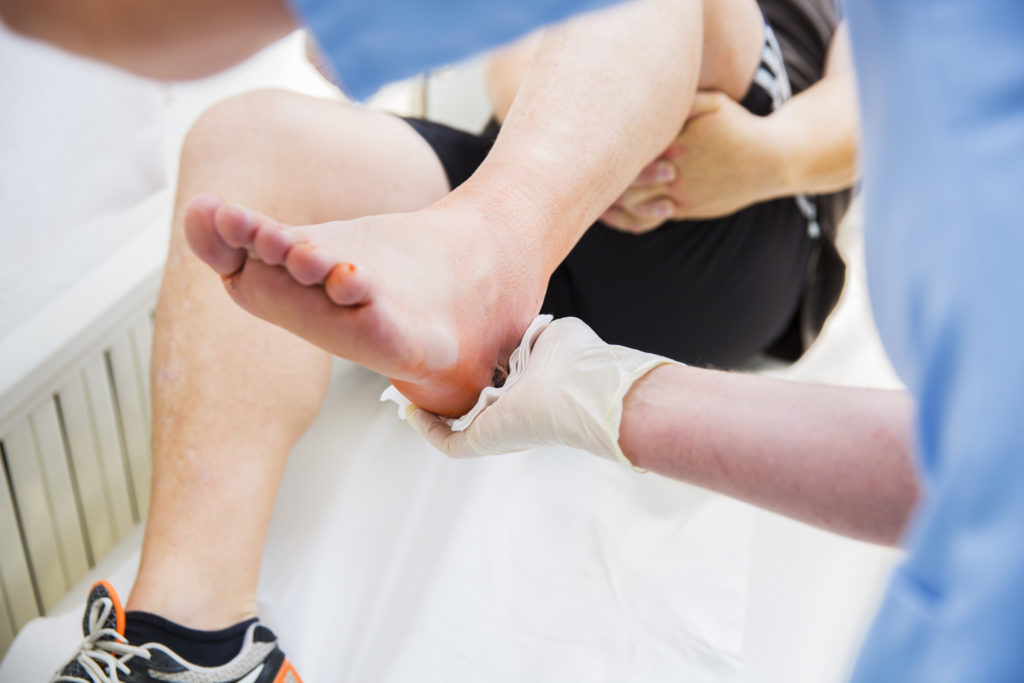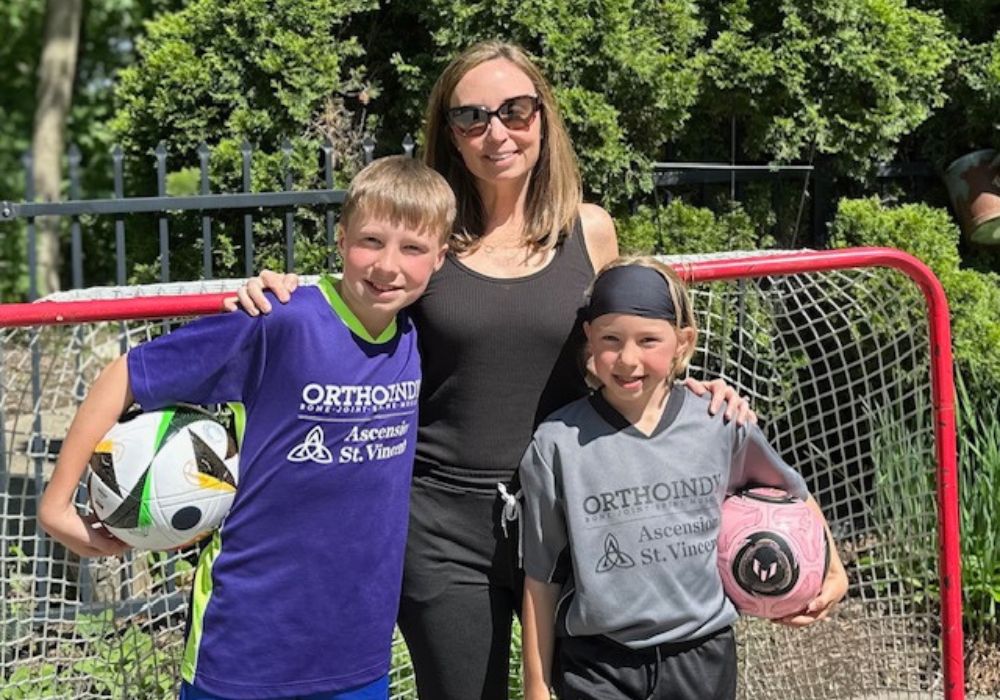THIS POST IS PART OF THE ULTIMATE GUIDE TO SPORTS MEDICINE AND THE ULTIMATE GUIDE TO FOOT AND ANKLE INJURIES
The Achilles tendon is the largest tendon in the body, connecting your calf muscles to your heel bone. You use your Achilles tendon every time you walk, run and jump so it can withstand great stresses; however, it is vulnerable to injury.
A rupture of the tendon is a tearing and separation of the tendon fibers, which results in the tendon no longer performing its normal function.
Anatomy
The Achilles tendon is a strong fibrous cord that connects the muscles in the back of your calf to your heel bone. A rupture usually occurs in the section of the tendon located within the lower two and a half inches of the tendon, just above where it attaches to the heel bone.
Cause
Achilles tendon ruptures are often caused by a sudden increase in the amount of stress of the tendon. Common causes include: increasing the intensity of sports participation, falling from a height or stepping incorrectly into a hole.
Other risk factors include
- Ages between 30 and 40 years old
- Men are five times more likely
- Recreational sports that involve running or jumping
- Steroid injections
- Certain antibiotics
A ruptured Achilles tendon is sometimes a medical emergency so call 911 or go to your nearest emergency room (OrthoIndy Trauma physicians are at St.Vincent Indianapolis Level I Trauma Center).
Symptoms
- You might feel a pop or snap, followed by an immediate sharp pain in the back of the ankle and lower leg that will likely affect your ability to walk properly.
- Pain and swelling near the heel
- An inability to bend the foot downward
- An inability to stand on tiptoes.
Physician examination
Your physician will ask you for a complete medical history, have you describe your symptoms and how the injury occurred and conduct a physical examination. An MRI may be necessary to confirm the diagnosis.
Make an appointment with an foot and ankle specialist at OrthoIndy
Ruptured Achilles tendon treatment
Treatment depends on your age, activity level and severity of the injury. Younger and more active people often choose surgery to repair the Achilles tendon. Wearing a walking boot or cast can treat the ruptured Achilles tendon; however, the likelihood of re-rupture is much higher with a nonsurgical approach and recovery can take a lot longer.
Surgery generally involves making a small incision in the back of the lower leg and stitching the torn tendon back together. Your orthopedic surgeon will determine the best course of treatment for your ruptured Achilles tendon.

How long does it take to recover from Achilles rupture?
After treatment, physical therapy and strengthening exercises will help return the ruptured Achilles tendon back to full strength. Most people return to their former level of activity within 12 months.
Learn more about foot and ankle treatment at OrthoIndy.
Schedule an appointment
Your well-being is important to us. Click the button below or call us to schedule an appointment with one of our orthopedic specialists. If your injury or condition is recent, you can walk right into one of our OrthoIndy Urgent Care locations for immediate care. For rehabilitation and physical therapy, no referral is needed to see one of our physical therapists.





